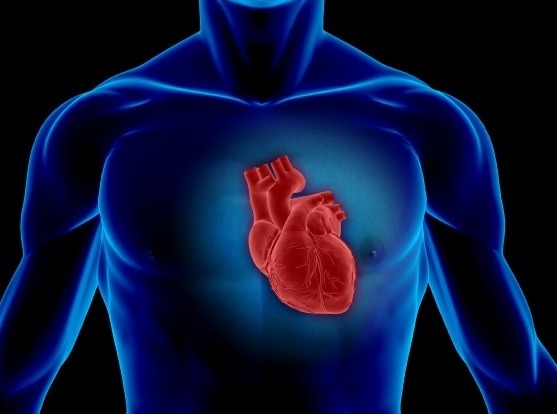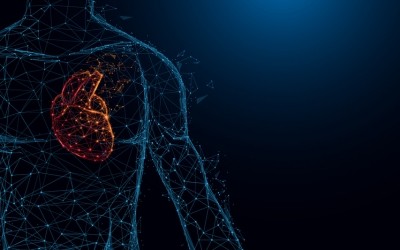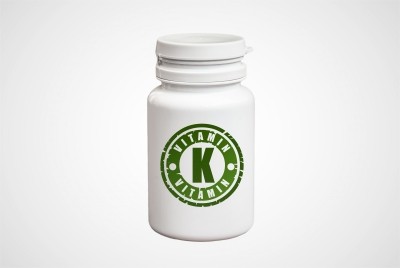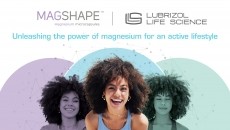Nattopharma spearheads effort to establish RDI for vitamin K2

Nattopharma is a Norwegian firm that pioneered a naturally fermented form of the vitamin, branded as MenaQ7. Vitamin K2 can be found in foods such as natto, a gooey, fermented soybean paste from Japan and naturally fermented cheeses.
Nattopharma’s Eric Anderson, senior vice president of global marketing and business development, said the company will be cooperating with a team from Maastricht University in the Netherlands to help establish an RDI (Reference Daily Intake) level for the vitamin, which is important in bone health and cardiovascular health. Anderson said the company has kicked around the RDI idea for a while.
“We have been exploring this for some time. We’re members of CRN (the Council for Responsible Nutrition) and have talked to them about this, too,” Anderson told NutraIngredients-USA.
“It’s an arduous process. You have to have enough evidence of what people are eating and therefore not getting enough of a certain compound. You have to have data to prove that there is not enough of that compound in the typical diet,” he said.
Culmination of two decades of work
The team of researchers is headed by longtime Nattopharma collaborator Leon Schurgers, PhD. Schurgers’ team has secured a Horizon 2020 grant to fund the work of a group of PhD candidates to assemble the data on K2.
One of their tasks will be to clearly lay out the differences between vitamins K1 and K2. Many labels still just call out ‘vitamin K,’ which fails to delineate critical functional differences between the phylloquinone (K1) form and menaquinone (K2) form. K1 is associated with the clotting of blood, which was Schurgers’ point of entry when he started work on the vitamin more than 20 years ago. But K2’s effects go far beyond mere clotting factors, Anderson said.
Research done by Schurgers and sponsored by Nattopharma has shown that K2 has a critical function in bone health by regulating the mobility of calcium into and out of the bones. And K2 has further been shown to have a role in helping to restrict the deposition of calcium in the form of arterial plaques or in stiffening arterial walls, thus contributing to cardiovascular health. Anderson said Nattopharma is adding to the Horizon 2020 grant to build the dossier that lays out this case.
“We are sponsoring a group of four PhD candidates under Dr Schurgers’ direction to look at the category to see what the needs are in terms of intake and to establish the fundamental explanation of how K1 and K2 are different, and why there is a special need to establish an RDI for K2,” Anderson said.
“We are under no illusions about how quickly this might happen. Beyond the research, you have to have someone who will champion the cause with government. It helps to have an academic champion, as has happened with choline and lutein,” he said.
Foundation supports K2 effort
Schurgers’ team will be joined by the International Science and Health Foundation (ISHF), a research consortium responsible for the educational portal VitaminK2.org. According to Katarzyna Maresz, PhD, ISHF president, VitaminK2.org was specifically created to educate consumers and practitioners about the proven benefits of Vitamin K2, recognizing the impact of widespread K2 deficiency.
“We have seen in comprehensive studies — in adults as well as children — that correcting Vitamin K2 deficiency can greatly improve bone health, and studies in adults have delivered unprecedented improvement in cardiovascular health,” she said. “Yet studies also show that 97% of the Western population remains deficient. Establishing an RDI is an important step in educating the public about their absolute dietary need, providing them much-needed direction.”
Maresz said having a validated biomarker or clinical endpoint is a key to the process of establishing an RDI. It’s necessary to have a way to measure the consequences of inadequate K2 consumption. Maresz said inactive Matrix Gla Protein (dpucMGP) or the ratio of inactive to inactive Osteocalcin (ucOC/cOC) — both proteins activated by K2 — could be used as markers of vitamin K2 status.















